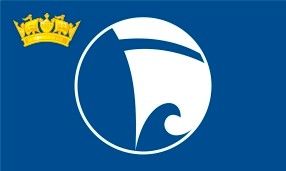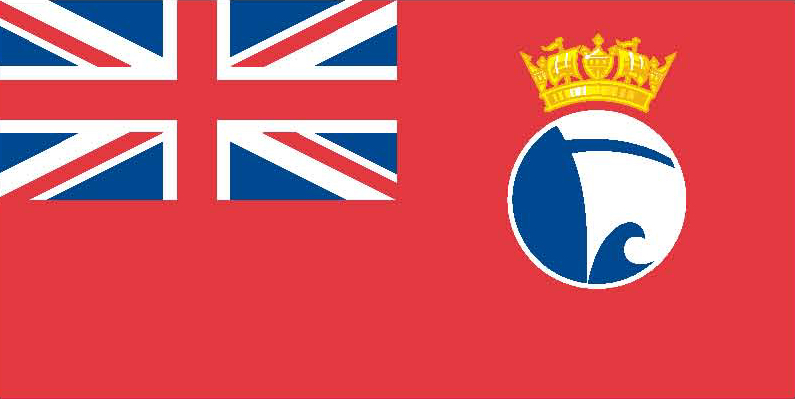


Details
Construction
Dimensions
History
The last steamboat in commercial use on the lake and the best example of the classic Windermere steam launch, SHAMROCK was built for Mr W M Birtwistle, a cotton millionaire from Blackburn who also owned two other launches (neither of which survive). Maintained and run by Charles Ashley for Mr. Birtwistle, the launch was passed to the former on the latter’s death in the 1920s and subsequently to Ashley’s son Billy in the 1930s, earning its keep by being hired out to the wealthy. SHAMROCK was converted to TVO in 1947 and used by the Bowness Bay Boating Co. She was converted to diesel in 1957. As a trip boat she ended her commercial life in 1974 but was converted back to steam between 1976-9. Now owned by the Shamrock Trust, SHAMROCK is the only boat of her class still in private ownership and is regularly steamed on the lake for which she was designed and built.
Significance
What is the vessel’s ability to demonstrate history in her physical fabric?
The vessel was originally fitted with a Sisson TE engine which was removed in 1948 when she was converted to a motor boat. The fact that her original engine is no longer in place affects her significance, although a new steam engine was built by her owner to the original specification and installed during conservation work carried out in the 1970s. SHAMROCK’s hull is carvel built of teak planks on oak with elm timbers. In 2009, the boathouse where SHAMROCK was moored was flooded causing damage to the cabin which was severely crushed. Repair work highlighted a number of modifications made over the years which had caused leakages and which were returned as near to their original form as possible.
What are the vessel’s associational links for which there is no physical evidence?
SHAMROCK was built by Nathaniel Shepherd at Bowness-on-Windermere in 1906 for Mr W M Birtwistle, a cotton millionaire from Blackburn who also owned two other launches (neither of which survive). For the last 30 years, she has remained in operation on Lake Windermere in the setting which is integral to her significance. Currently the vessel is moved between Windermere Jetty and another Boat House as necessary.
How does the vessel’s shape or form combine and contribute to her function?
SHAMROCK was built as a saloon launch with a straight stem and a cruiser stern. She was designed as a one-man operation and one person can steer her, control the engine and boiler and tie up alongside with ease. She has two steering wheels, one in the bow and one next to the engine. The bow wheel allows the owner to drive if he wishes, with a crew member to operate the engine.
Source: Hannah Cunliffe, Policy & Project Manager, National Historic Ships Date: May 2011.
Key dates
-
1906
Built by Nathaniel Shepherd of Bowness-on-Windermere for Mr W. M Birtwistle
-
1920s
Passed to Charles Ashley on the death of Mr Birtwistle
-
1930s
Passed to Mr Ashley’s son Billy
-
1947
Converted to TVO and used by the Bowness Bay Boating Co
-
1957
Converted to diesel
-
1974
Ended her commercial life as a trip boat
-
1976
Bought by Mr Roger Mallinson
-
1976-79
Converted back to steam
-
2009
The boathouse where she was moored flooded causing damage to the cabin Repairs carried out using a sustainability grant of £1500 from the National Historic Ships Strategic Development Fund
-
2010
A further sustainability grant of £1,000 for remedial work made from the National Historic Ships Strategic Development Fund
-
2010
Resumed cruising on Lake Windermere
-
2012
Shamrock Trust set up to take ownership of the vessel
Grants
-
January 2010
A Sustainability Grant of £1,000 for remedial work was made from the Strategic Development Fund of National Historic Ships
-
Financial year April
A Sustainability Grant of £1,500 for a slipway was made from the Strategic Development Fund of National Historic Ships
Sources
Steamboat Register: An illustrated Register of surviving steam vessels in the British Isles, Steam Boat Association of Great Britain, Edition 6, May 1994
Own this vessel?
If you are the owner of this vessel and would like to provide more details or updated information, please contact info@nationalhistoricships.org.uk
















